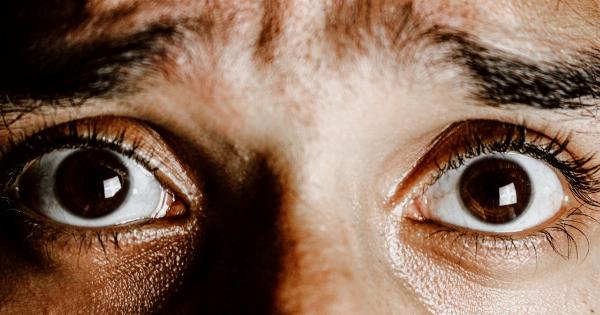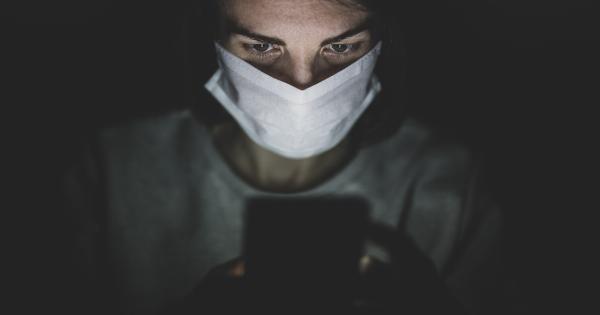Panic disorder is a common and serious anxiety disorder that affects millions of people around the world. People with panic disorder experience unpredictable and unexpected panic attacks, which can be very frightening and debilitating.
Panic attacks are episodes of intense fear or discomfort that are accompanied by a variety of physical and psychological symptoms.
What are the Symptoms of Panic Disorder?
The symptoms of panic disorder can vary from person to person, but they usually include:.
- Shortness of breath or difficulty breathing
- Racing or pounding heartbeat
- Chest pain or tightness
- Sweating
- Trembling or shaking
- Feeling dizzy, lightheaded, or faint
- Nausea or stomach discomfort
- Feeling detached from reality
- Fear of losing control or going crazy
- Fear of dying
Panic attacks usually last for several minutes, but they can also last longer or recur in a series of episodes. Some people with panic disorder may have several panic attacks a day, while others may only have them occasionally.
What are the Causes of Panic Disorder?
The exact causes of panic disorder are not fully understood, but it is believed to be caused by a combination of genetic, biological, environmental, and psychological factors.
Some researchers believe that panic disorder may be caused by abnormalities in the brain’s neurotransmitters, which are chemicals that regulate mood and emotions.
Others believe that panic disorder may be triggered by a traumatic event, such as a sexual assault or a natural disaster. Still, others believe that panic disorder may be linked to a family history of anxiety or other mental health disorders.
How is Panic Disorder Treated?
Panic disorder is a treatable condition, and there are a variety of treatments available to help manage the symptoms of the disorder. Some of the most effective treatments for panic disorder include:.
- Cognitive-behavioral therapy (CBT)
- Medications, such as antidepressants and anti-anxiety medications
- Relaxation techniques, such as deep breathing and progressive muscle relaxation
- Exercise and physical activity
- Mindfulness meditation and other forms of meditation
Cognitive-behavioral therapy is a type of talk therapy that is often used to treat panic disorder. This type of therapy focuses on identifying and changing the negative thought patterns and behaviors that contribute to panic attacks and anxiety.
During CBT, patients learn new coping strategies and develop a better understanding of their condition.
How Can You Manage Panic Disorder?
If you have panic disorder, there are several things that you can do to manage your symptoms and improve your overall well-being:.
- Learn about your condition and the treatment options available to you
- Take your medication as prescribed
- Avoid caffeine, alcohol, and other stimulants
- Reduce stress and anxiety through relaxation techniques and other coping strategies
- Exercise regularly
- Eat a healthy and balanced diet
- Get enough sleep every night
It’s also important to talk to your doctor or mental health provider if you are experiencing any new or worsening symptoms. They can help you adjust your treatment plan and provide additional support as needed.
Conclusion
Panic disorder is a serious condition that can be very debilitating, but it can be effectively managed with the right treatment and support.
If you or someone you know is experiencing symptoms of panic disorder, it’s important to seek professional help as soon as possible. With proper treatment, most people with panic disorder are able to lead productive and fulfilling lives.




















